We just appeared in a segment on the Italian state TV (RAINews24 – Futuro24) about the International Year of Science and Quantum Technologies.
Also available online here


Nov 14 2024
Marco Bellini was awarded the “Prof. Luigi Tartufari” international prize for Physics-Chemistry by the prestigious Accademia Nazionale dei Lincei in Rome.

Oct 05 2023
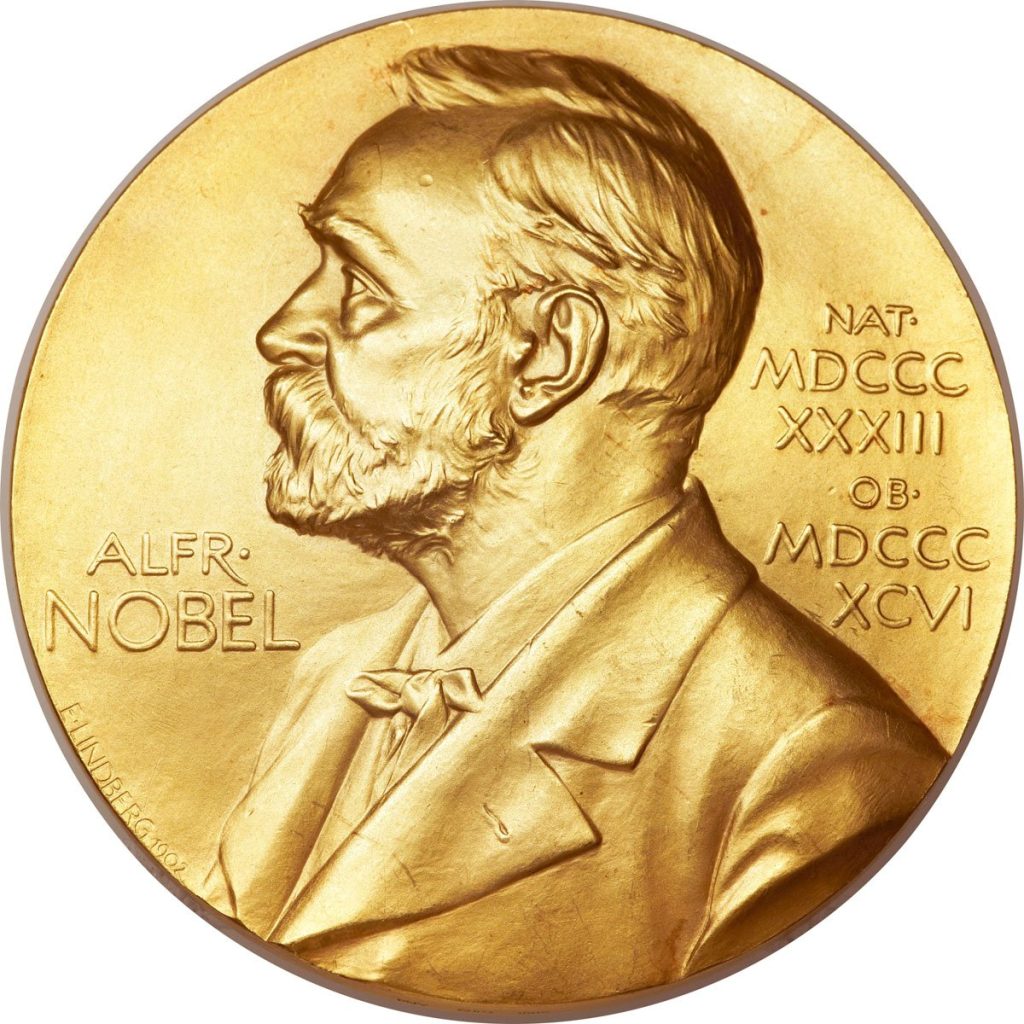
We congratulate to the three winners of the 2023 Nobel Prize in Physics and we are extremely happy to have played a little role in the long path to this award. Indeed, one of the key experiments that led to today’s prize was performed in Florence, by Marco Bellini in collaboration with Ted Hänsch and the group of Anne L’Huillier.
Continue readingDec 22 2022
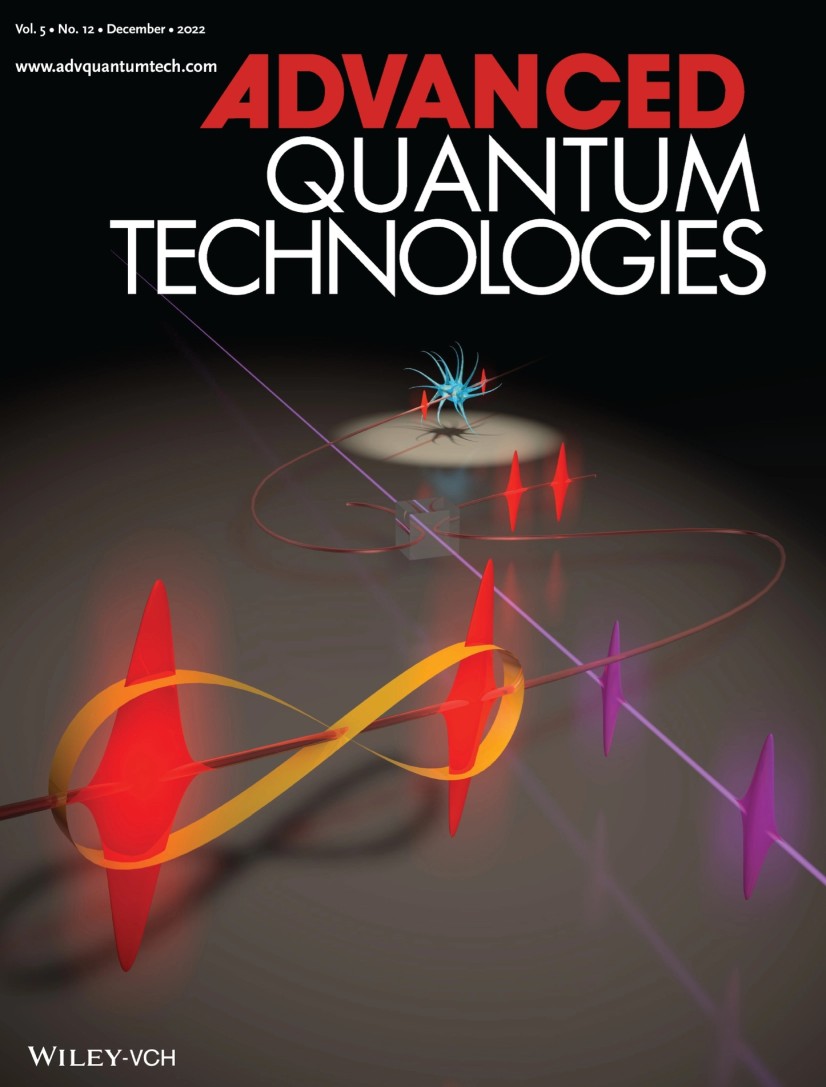
Performing remote phase measurements with a sensitivity proportional to the intensity of light that never interacted with distant, and possibly delicate, samples. On the front cover of Advanced Quantum Technologies, December 2022.
Continue readingOct 21 2022


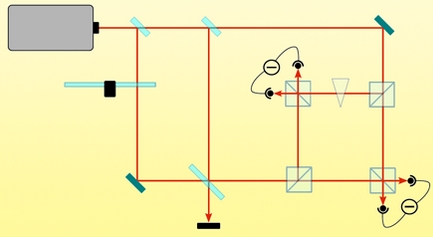
We extended a fundamental principle in statistical mechanics called microscopic reversibility to the quantum world and experimentally verified it. Just appeared in PRL and selected as an Editor’s Suggestion and for a Synopsis in Physics.
Continue readingOct 05 2022


We have an open position for a (1-year extendable) postdoctoral fellow in Experimental Quantum Optics for a qualified, motivated, and dynamic young scientist.
Continue readingSep 22 2022

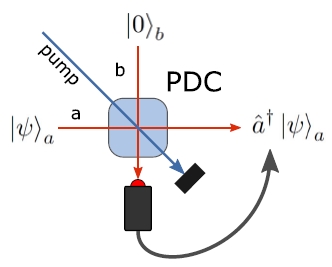
A concise review on how to engineer the quantum state of light one photon at a time has just appeared in Progress of Quantum Electronics.
Continue readingAug 22 2022

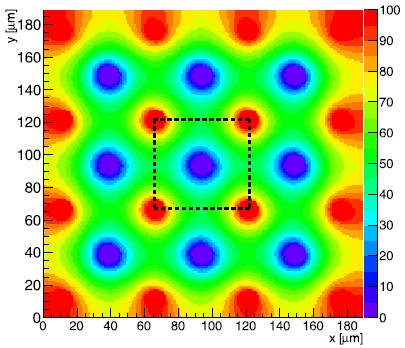
We added time resolution to our laser fabricated 3D diamond detectors. See the paper in Nuclear Inst. and Methods in Physics Research, A for more info.
Continue readingDec 22 2021

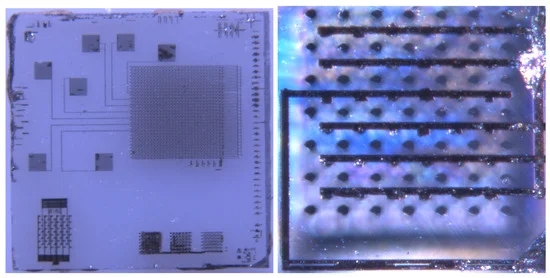
Intense laser pulses write graphitic electrodes in diamond in order to produce 3D pixel sensors optimised for timing applications at future hadron colliders. Just published in Instruments.
Continue readingSep 15 2021

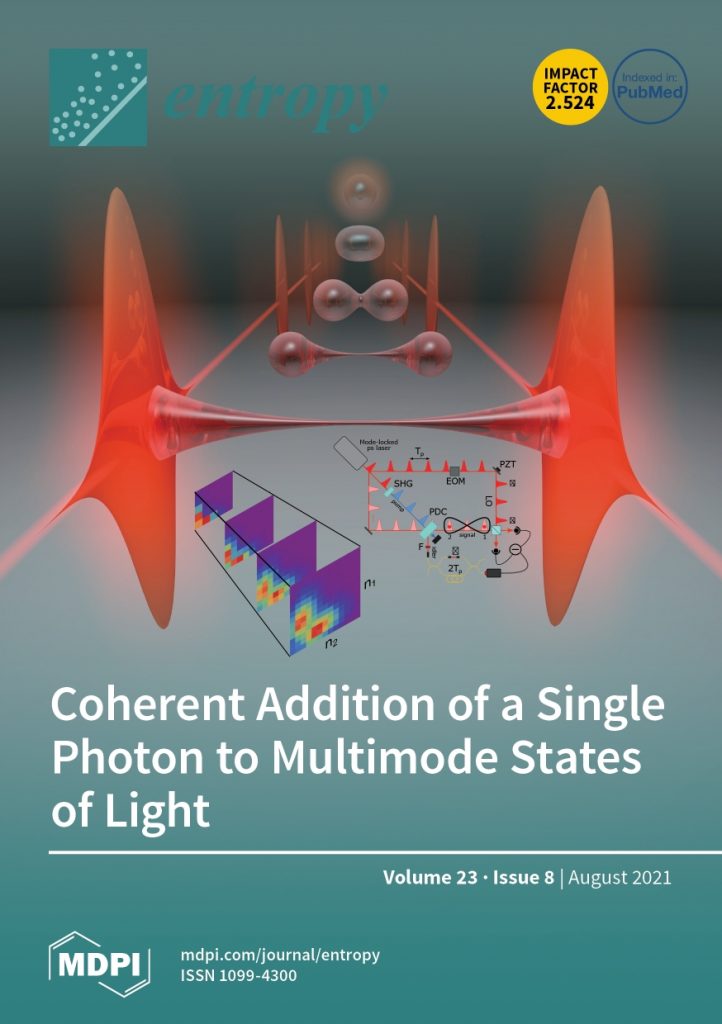
We review our recent experimental results concerning the conditional implementation of coherent superpositions of single-photon additions onto distinct field modes. On the cover of Entropy.
Continue reading